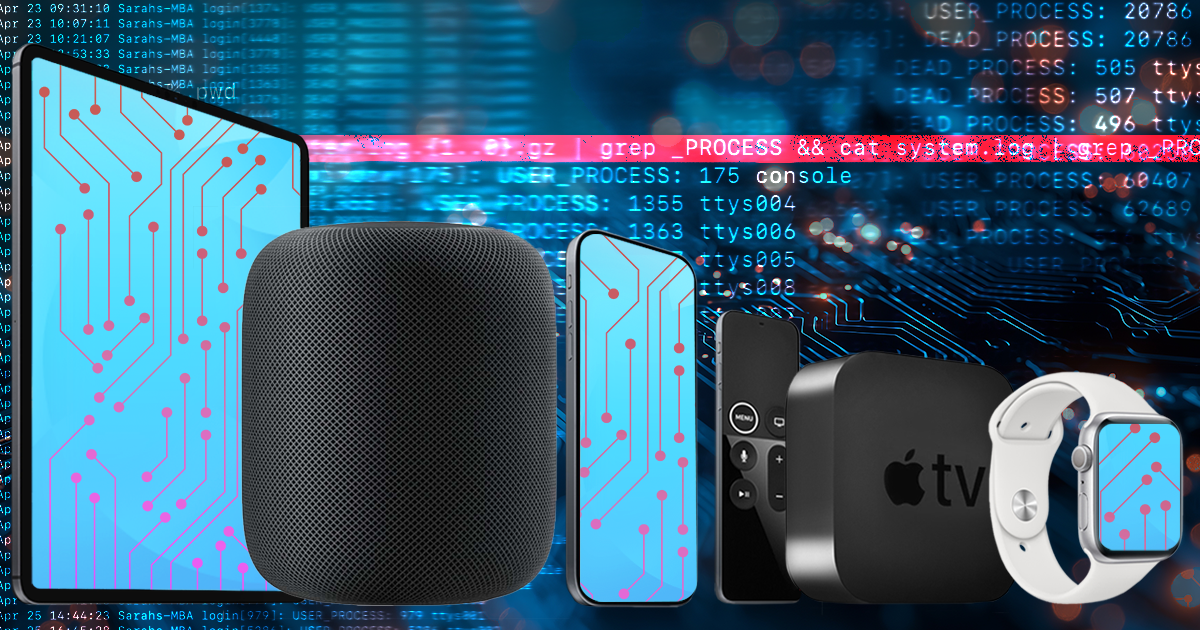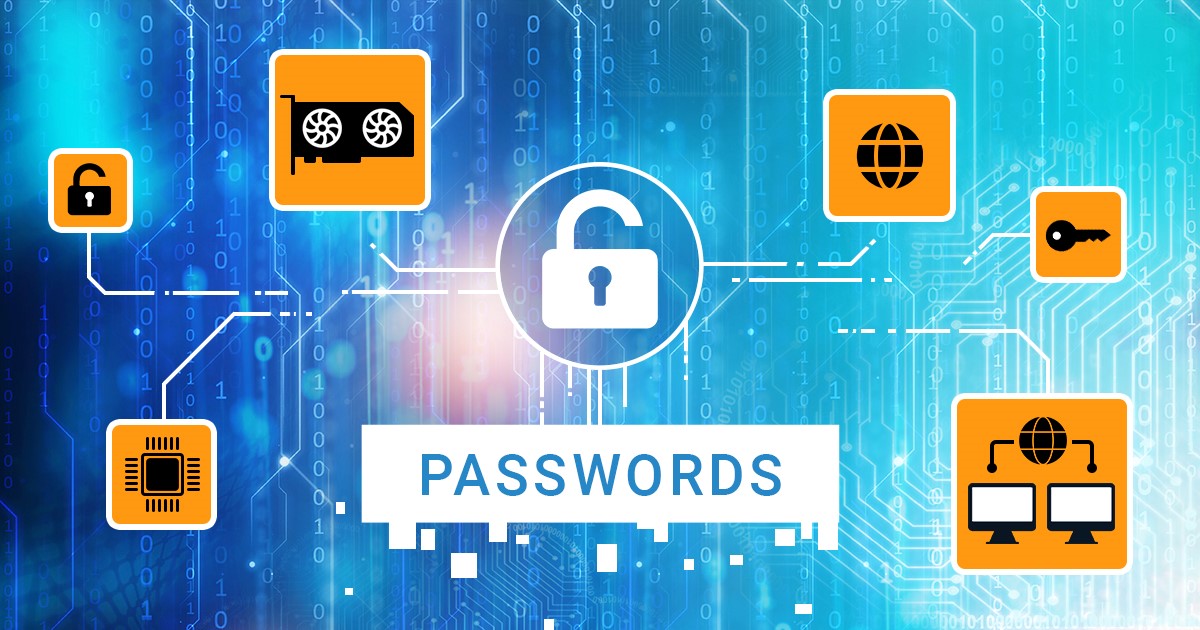For almost a decade, if not longer, I have collaborated with Vladimir Katalov on various digital forensics research topics. He has always been a great source of guidance, especially on iOS related challenges. When he offered me a standing invitation to post on the Elcomsoft Blog, I felt very humbled and honored to be given the opportunity to post on the ElcomSoft Blog, and I would like to thank the ElcomSoft team. This article has also been prepared together, with Vladimir Katalov.
Originally released in September 2016, iOS 10 was regularly updated for most devices until July 2017. The 64-bit iPhones capable of running iOS 10 range from the iPhone 5s to iPhone 7 and 7 Plus. While one is hardly likely to encounter an iOS 10 in the wild, forensic labs still process devices running the older version of the OS. In this update, we’ve brought support for jailbreak-free extraction back to the roots, adding support for the oldest version of iOS capable of running on the iPhone 7 generation of devices. Let’s see what it takes to extract an older iPhone without a jailbreak. In addition, we have expanded support for the Apple TV devices, now offering keychain decryption in addition to file system extraction for both Apple TV 4 (Apple TV HD) and Apple TV 4K running tvOS 13.4 through 13.4.5.
Since iOS 5, Apple allows users to back up their phones and tablets automatically into their iCloud account. Initially, iCloud backups were similar in content to local (iTunes) backups without the password. However, the introduction of iCloud sync has changed the rules of the game. With more types of data synchronized through iCloud as opposed to being backed up, the content of iCloud backups gets slimmed down as synchronized information is excluded from cloud backups (but still present in local backups).
Multi-factor authentication is the new reality. A password alone is no longer considered sufficient. Phishing attacks, frequent leaks of password databases and the ubiquitous issue of reusing passwords make password protection unsafe. Adding “something that you have” to “something that you know” improves the security considerably, having the potential of cutting a chain attack early even in worst case scenarios. However, not all types of two-factor authentication are equally secure. Let’s talk about the most commonly used type of two-factor authentication: the one based on text messages (SMS) delivered to a trusted phone number.
“We shouldn’t ask our customers to make a tradeoff between privacy and security. We need to offer them the best of both. Ultimately, protecting someone else’s data protects all of us.” Guess who said that? The answer is at the end of the article. In the meantime, we keep talking of iPhone and iOS security, following up the Apple vs. Law Enforcement – iOS 4 through 13.5 article. This time we are about to discuss some other aspects of iOS security.

Today’s smartphones collect overwhelming amounts of data about the user’s daily activities. Smartphones track users’ location and record the number of steps they walked, save pictures and videos they take and every message they send or receive. Users trust smartphones with their passwords and login credentials to social networks, e-commerce and other Web sites. It is hard to imagine one’s daily life without calendars and reminders, notes and browser favorites and many other bits and pieces of information we entrust our smartphones. All of those bits and pieces, and much more, are collected from the iPhone and stored in the cloud. While Apple claims secure encryption for all of the cloud data, the company readily provides some information to the law enforcement when presented with a legal request – but refuses to give away some of the most important bits of data. In this article we’ll cover the types of data that Apple does and does not deliver when served with a government request or while processing the user’s privacy request.
Passwords are probably the oldest authentication method. Despite their age, passwords remain the most popular authentication method in today’s digital age. Compared to other authentication mechanisms, they have many tangible benefits. They can be as complex or as easy to remember as needed; they can be easy to use and secure at the same time (if used properly).
In iOS forensics, cloud extraction is a viable alternative when physical acquisition is not possible. The upcoming release of iOS 13 brings additional security measures that will undoubtedly make physical access even more difficult. While the ability to download iCloud backups has been around for years, the need to supply the user’s login and password followed by two-factor authentication was always a roadblock.
In Apple’s land, losing your Apple Account password is not a big deal. If you’d lost your password, there could be a number of options to reinstate access to your account. If your account is not using Two-Factor Authentication, you could answer security questions to quickly reset your password, or use iForgot to reinstate access to your account. If you switched on Two-Factor Authentication to protect your Apple Account, you (or anyone else who knows your device passcode and has physical access to one of your Apple devices) can easily change the password; literally in a matter of seconds.
Since April 2018, Apple made iTunes available to Windows 10 users through the Microsoft Store. While the stand-alone download remains available from Apple’s Web site, it is no longer offered by default to Windows 10 users. Instead, visitors are directed to Microsoft Store, which will handle the installation and updates of the iTunes app.


